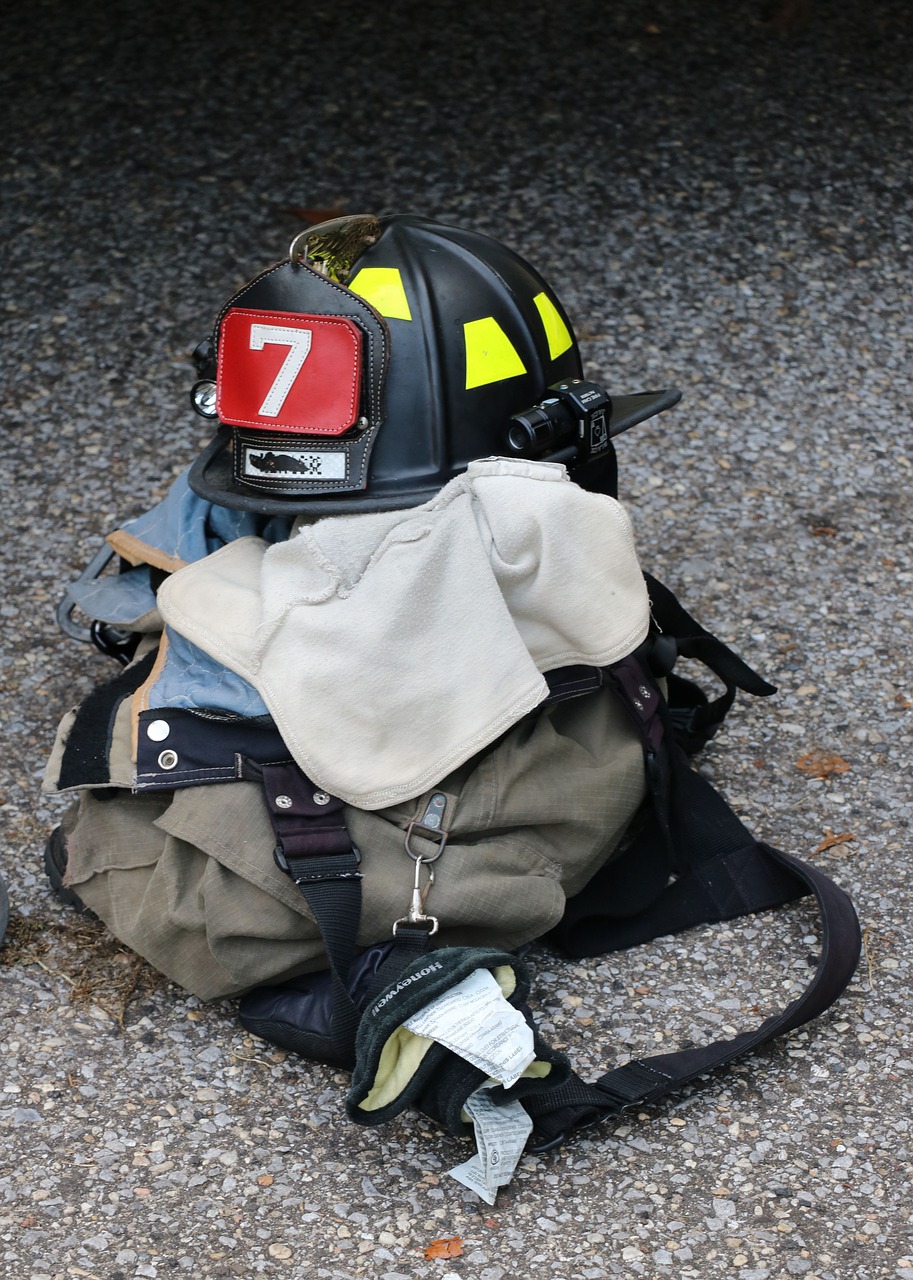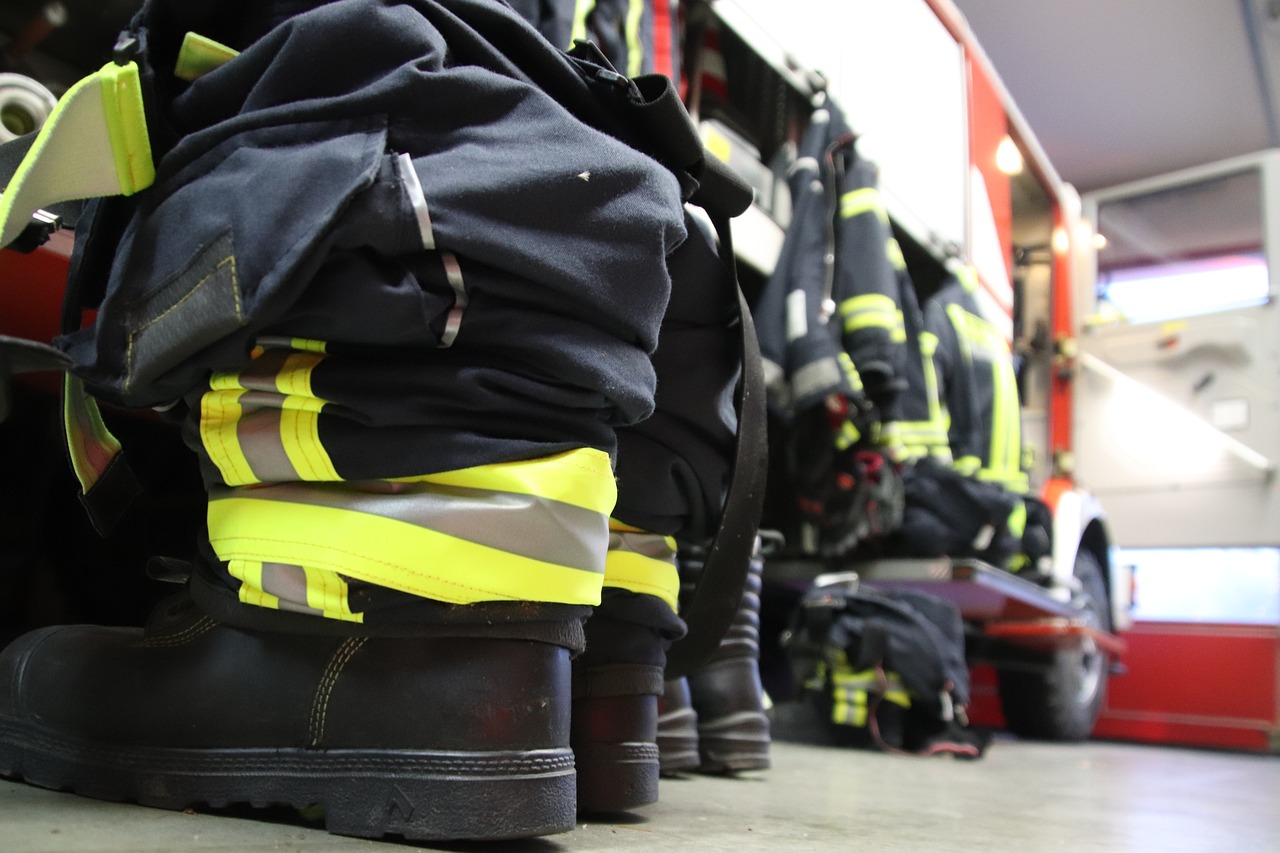Clothing plays a crucial role in the safety and protection of volunteer firefighters during emergencies. Proper care and maintenance of their protective gear can extend its lifespan and ensure its effectiveness when it’s needed the most. From cleaning techniques to storage tips, here are some imperative guidelines to help volunteer firefighters maintain their protective clothing in top condition for optimal performance on the front lines.
Selection of Proper Protective Clothing
Assessing the Right Materials and Quality
For volunteer firefighters, selecting the right protective clothing is crucial. Ensure that the materials used are fire-resistant, durable, and meet industry standards for protection. Invest in garments made of top-quality fabrics that can withstand high temperatures and provide adequate protection against flames, heat, and other hazards.
Sizing and Fit for Optimal Protection
Sizing is key when it comes to protective clothing for volunteer firefighters. Ill-fitting gear can impede movement and compromise safety. It is crucial to choose clothing that offers a comfortable fit while allowing for mobility. Ensure that the gear is not too tight or too loose, as this can affect the level of protection it provides.
Plus, consider the diverse body shapes and sizes of volunteer firefighters when selecting protective clothing. Providing a range of sizes ensures that all team members can access gear that fits them properly, enhancing overall safety and comfort during operations.
Routine Inspection and Maintenance
Cleaning Procedures and Frequency
While volunteer firefighters may face various hazards during their service, it is imperative to ensure that their protective clothing remains in top condition. With regular cleaning, you can remove contaminants such as soot, chemicals, and biological fluids that can compromise the gear’s performance. It is recommended to follow manufacturer guidelines for cleaning methods and frequency to maintain the integrity of the protective clothing.
Inspection Checkpoints and Wear Indicators
On a routine basis, volunteer firefighters should perform thorough inspections of their protective clothing. Look for signs of wear such as rips, tears, abrasions, or seam damage. Check closures like zippers, snaps, and hook-and-loop fasteners to ensure they are functioning correctly. Pay attention to areas that are prone to wear, such as elbows, knees, and cuffs, as they may indicate the need for repair or replacement.
To ensure the longevity of protective clothing, it is crucial to address any issues identified during inspections promptly. Keep detailed records of maintenance and repairs to track the gear’s condition and schedule regular professional inspections to detect any hidden damage that may compromise its effectiveness in protecting firefighters.
Repair and Replacement Strategies
Identifying Repairable Damage
One of the crucial aspects of maintaining protective clothing for volunteer firefighters is being able to identify damage that can be repaired. Look out for tears, loose seams, or damaged reflective tape. These issues can often be fixed by a professional gear repair service to ensure continued effectiveness and safety of the gear.
Knowing When to Replace Gear
Damage to protective clothing such as significant burns, cuts, or chemical exposure can compromise its integrity and put the firefighter at risk. It is vital to establish clear guidelines within the department on when gear should be replaced based on the manufacturer’s recommendations and industry standards. When in doubt, it is always safer to err on the side of caution and replace gear promptly.
Replace: For protective gear that has reached the end of its service life or has sustained irreparable damage compromising its effectiveness, it is crucial to replace it promptly to ensure the safety of the firefighter. Investing in new gear is an investment in the safety and well-being of those who serve to protect their communities.
Storage and Care Between Uses
Proper Storage Techniques
Keep your protective clothing in a clean, dry, and well-ventilated area. Hanging up gear is ideal to prevent mold and mildew growth. It is important to inspect your gear regularly for any signs of damage or wear and tear. Store your gear away from direct sunlight and heat sources to avoid any degradation of the materials.
Prolonging the Life of Protective Clothing
An crucial tip for extending the lifespan of your protective clothing is to follow the manufacturer’s care instructions diligently. Always properly clean and dry your gear according to the specified guidelines. Regular inspections and maintenance can help identify any issues early on and prevent costly replacements. Investing in proper storage solutions such as gear bags or compartments can also aid in preserving the integrity of the gear.
Plus, remember to rotate your gear regularly to ensure even wear and tear across all pieces. By rotating your gear, you can prevent overuse of specific items and evenly distribute the impact of firefighting activities on your protective clothing. This simple practice can go a long way in prolonging the overall life of your gear and ensuring its effectiveness when you need it most.
Training and Resources
Staying Informed About New Technologies
Your commitment to volunteer firefighting means staying on top of the latest advancements in protective gear and equipment. An integral part of maintaining your protective clothing is staying informed about new technologies that can enhance your safety and performance on the job. Make it a priority to regularly attend training sessions and seminars to learn about cutting-edge innovations in firefighting gear.
Training Opportunities for Maintenance Skills
One important aspect of maintaining protective clothing is having the necessary skills to perform repairs and upkeep. Training opportunities for maintenance skills are crucial for volunteer firefighters to ensure their gear remains in top condition. Many fire departments offer workshops and hands-on training sessions focused on maintenance and repair techniques for protective clothing. Take advantage of these opportunities to hone your skills and keep your gear in optimal condition.
Opportunities for hands-on training in maintenance skills include sessions on patching up small tears, cleaning procedures, and proper storage techniques. By participating in these training opportunities, you not only extend the lifespan of your protective clothing but also enhance your overall preparedness for firefighting emergencies.
Final Words
Hence, following these top tips for maintaining protective clothing for volunteer firefighters is imperative to ensure their safety and effectiveness in combating fires. By regularly inspecting, cleaning, and storing gear properly, firefighters can prolong the lifespan of their equipment and reduce the risk of injuries. It is crucial for volunteer firefighters to prioritize the maintenance of their protective clothing to guarantee that they are well-equipped to handle the challenges they may face in the line of duty.



